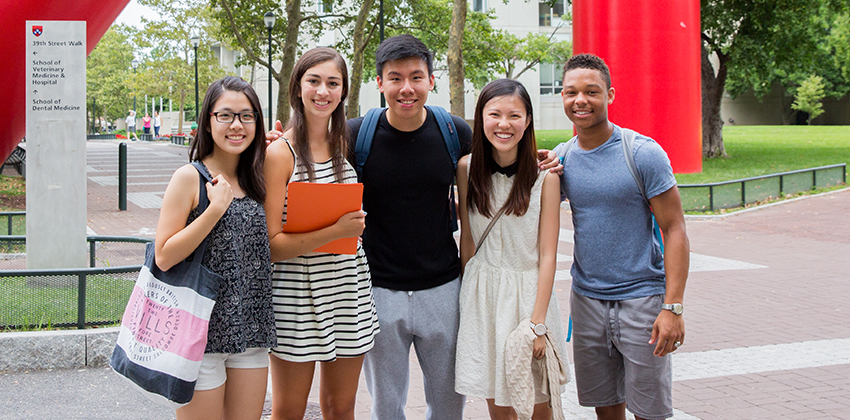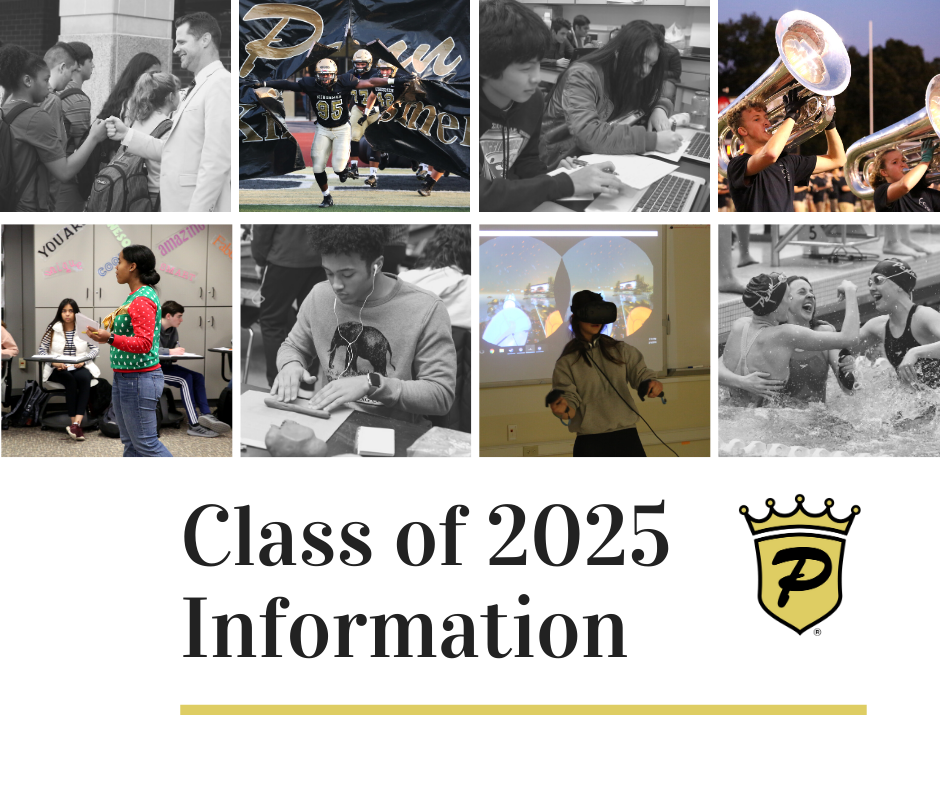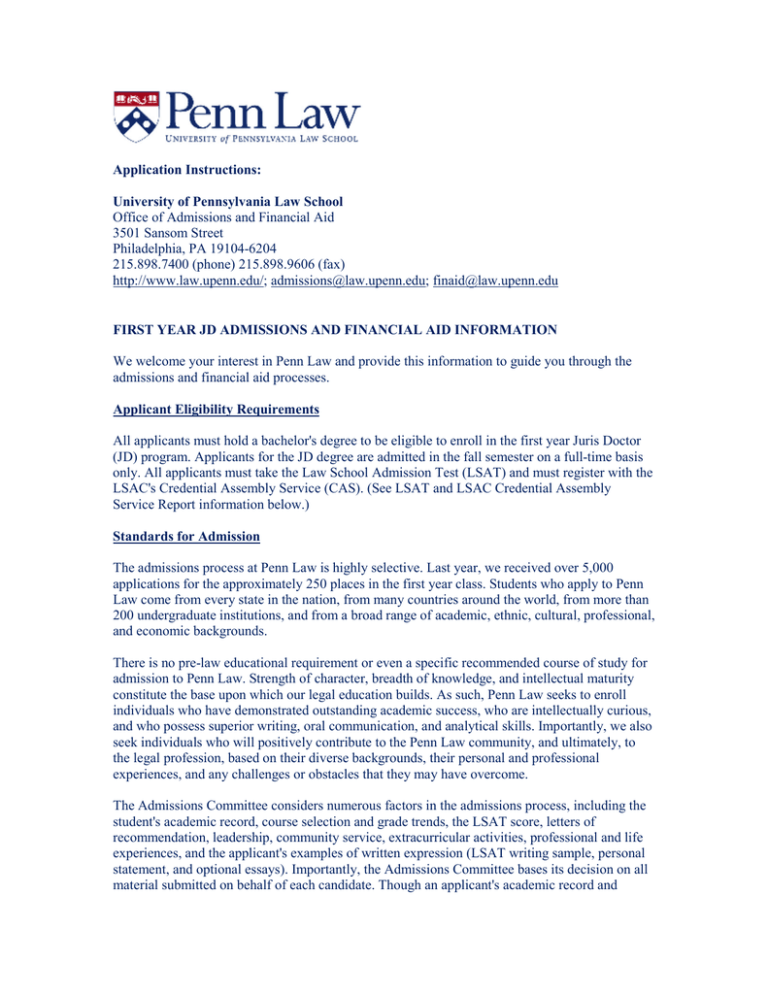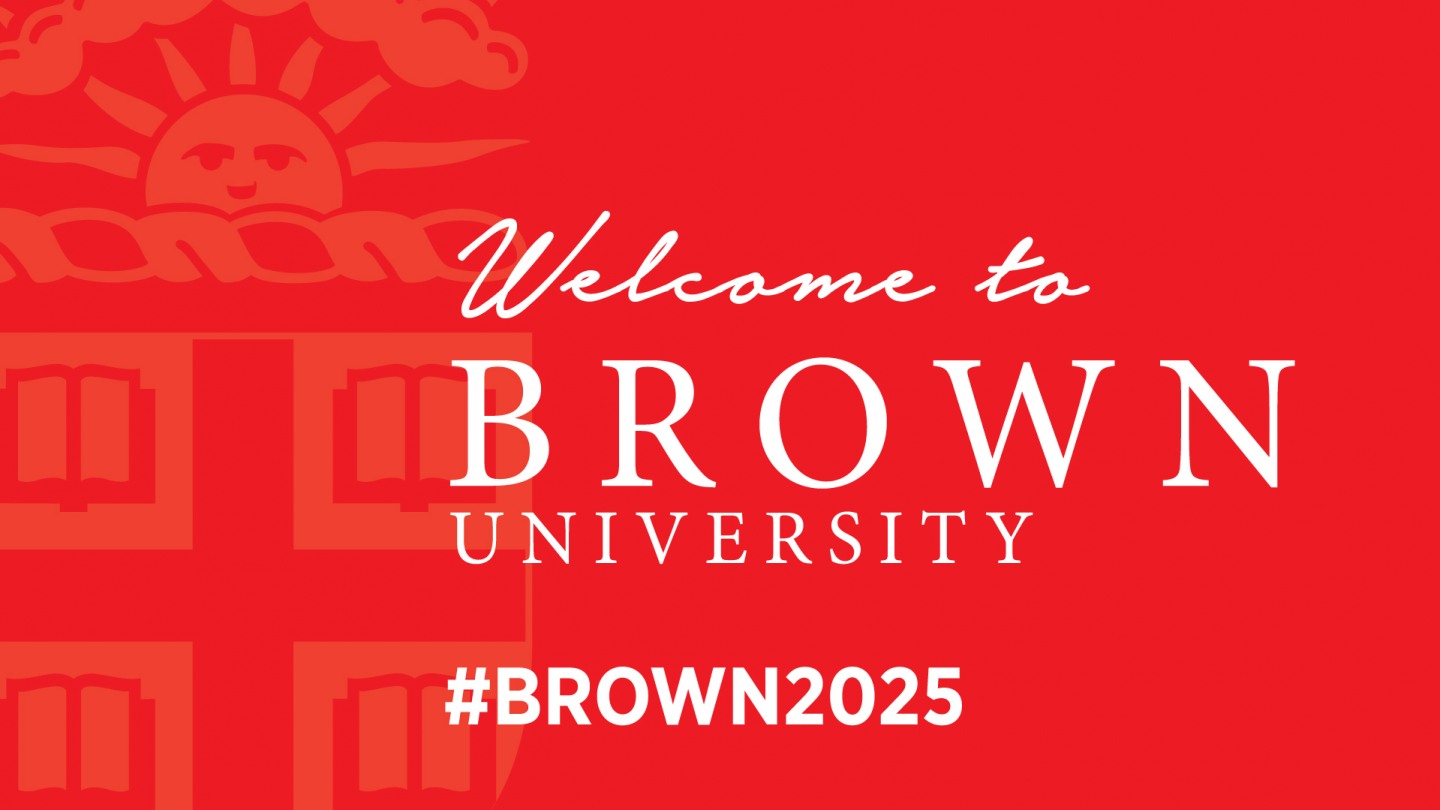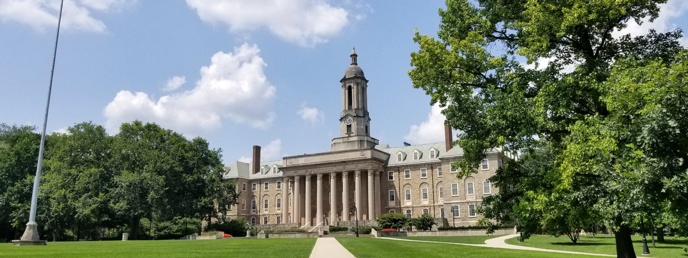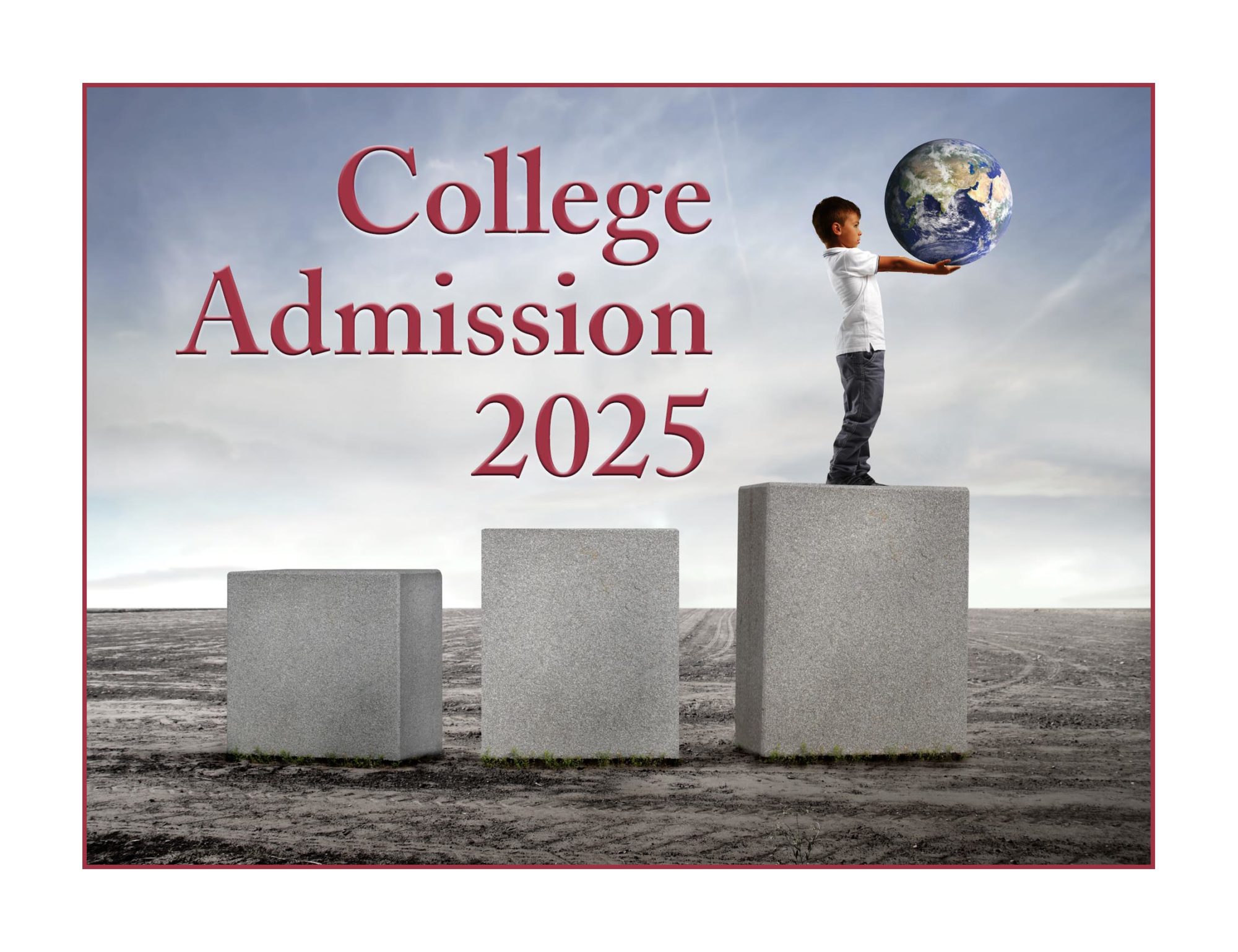This year, regular decision acceptance rates at many selective schools plummeted. Highly sought-after private and public universities received a staggering number of applications combined with the fact that many of these schools fill a large portion of their freshman class through early admissions. The Common App reported an 11% increase in applications this year, but only a 2% increase in unique applicants, meaning that almost the same number of students applied to college—they just applied to more schools than ever before. The low acceptance rates of highly selective schools tend to dominate the admissions conversation and the curiosity of applicants.
These tendencies can obscure a higher schooler's perspective of the college admissions process. In reality, the vast majority of colleges and universities have decently high acceptance rates. While students struggled to cope with the pandemic stateside, international students, who often utilize virtual programming in a normal application season, had a different experience applying to college during COVID–19. Kate Ong (C '25), from Manila, Philippines, recounts her experience of limited extracurricular involvement, canceled trips, and restricted community work, all of which were hard to explain to college admissions offices.
From 2001 to 2011, Duke has had the sixth highest number of Fulbright, Rhodes, Truman, and Goldwater scholarships in the nation among private universities. The university practices need-blind admissions and meets 100% of admitted students' demonstrated needs. About 50 percent of all Duke students receive some form of financial aid, which includes need-based aid, athletic aid, and merit aid. The average need-based grant for the 2019–20 academic year was $54,255. In 2020, a study by the Chronicle of Higher Education ranked Duke first on its list of "Colleges That Are the Most Generous to the Financially Neediest Students". The Ivy League universities, including Harvard, Princeton, and Penn, have said they will delay announcing admissions decisions until April 6, about a week later than normal, to allow more time.
Antonio and his brother, both seniors at Boston Latin School, were two of the 1,968 students admitted to the Class of 2025. Their admissions cycle saw a 3.43 percent acceptance rate amid a record-high 57,435 applicants, marking the lowest admissions rate and the most diverse class in the College's history. One quick look at the Class of 2025 admissions is enough to make you wonder why college acceptance rates are so low.
Sure, there are many colleges that accept a fairly large percentage of students, but the majority deny the overwhelming majority of applicants. Some of the most popular schools, such as the Ivy League institutions, are among the most selective. Despite the increasing number of applicants, many schools are maintaining their current freshman class sizes.
Although the acceptance rates for the Class of 2025 admissions represent all of the talented students that got accepted, the remaining percentage is comprised of students that were either waitlisted or outright denied. In 2019, UPenn's acceptance rate was 7.7% and in 2020, it was 8.07 percent, consistently making it one of the most competitive schools in the country. Of those admitted, 15% identify as first-generation, 54% are women, and 56% are U.S, citizens or permanent residents who identify as a person of color.
If you are wondering how to get into UPenn, there is probably one statistic you care most about—the UPenn Early Decision acceptance rate and overall acceptance rate. The acceptance rate for UPenn undergraduate admissions is 5.9%, and the UPenn Early Decision acceptance rate was 14.9% for the class of 2025. Any acceptance rate under or around 10% makes a university highly selective.
This means most accepted students have strong grades that match the UPenn average GPA. A whopping 56,333 applications were received by Penn for the Class of 2025, the largest applicant pool to date; only 3,202 individuals were accepted. Working out to 5.68% acceptance rate, this was the most selective year in the university's lengthy history.
Applicants for the Classes of 2016 and 2017 saw admit rates in excess of 12%; the Class of 2018 is when the school's admit rate first dipped below 10%. The two years prior to the Class of 2025 cycle, 8.07% and 7.4% were accepted. When reviewing yield rates, it's important to also pay attention to what we didn't see right away. Namely, many colleges took months to release their yield rates because they were still crunching the numbers and admitting students off of their waitlists to round out their freshmen class. Given all of the uncertainty caused by the COVID-19 pandemic and disruptions to the admissions process, many schools also had longer waitlists than they did during previous years.
After many colleges reported all-time low acceptance rates, some students might be curious about their yield rates, or just how many of these admitted applicants have chosen to enroll. Yield is a priority for every college because it impacts their place on rankings lists and it can also influence their bond ratings. UPenn received 7,962 applications in Early Decision and 48,371 in Regular Decision . This means admissions accepted 15% of Early Decision applicants and just 2.5% of Regular Decision applicants, resulting in an overall acceptance rate of 4.26% for 2021. As a reminder, early decision is binding as universities are guaranteed applicants' attendance, as compared with early action, which is non-binding and gives students until May 1st to decide.
As a result, colleges with early decision programs tend to admit a higher percentage of early applicants, who have demonstrated such strong interest, and their binding commitment helps increase admissions yield for the incoming class. More and more people are applying to college, but schools aren't expanding at an equal pace, driving down already low acceptance rates even lower. Last year, every single one of Ivy Coach's students who completed applications with us and applied Early Decision earned admission. This included a perfect sweep of the eight Ivy League schools, Stanford, MIT, Duke, Northwestern, and more. This year, unlike last year, we cannot report a streak of perfection across all highly selective universities — although we are perfect at multiple Ivy League schools . While we congratulate our Ivy Coach students who earned admission to UPenn this Early cycle, we did have a deferral.
Well, consistent with the trend at the vast majority of our nation's elite universities, applications skyrocketed. In fact, applications soared by 23% from this time last year, which isn't quite as high as Dartmouth College's 29% jump but it's pretty significant nonetheless. The admissions office paid close attention to first-generation college students specifically. Bunnick explained that the university's transition to being test-optional played a large role in the increase. With uncertainty looming due to COVID-19, students applied to more colleges.
Your child can apply to Penn via a binding early decision agreement by November 1st. They'll receive an answer of accepted, deferred to the regular decision pool, or denied by mid-December. Penn admits roughly half of their incoming class through early decision, but the UPenn early decision acceptance rate is still low, around 15 percent. All eight Ivies and other top colleges saw huge drops in acceptance rate.
This is due to the equally impressive spike in applications with thousands of students taking advantage of the test-optional policies. There were likely several other factors at play, including the additional time at-home, but not having to submit SAT or ACT scores seemes to have had the biggest impact. Increasing the diversity of incoming classes has become a top priority for the admissions departments at many schools.
This includes international applicants, students from varying socioeconomic and ethnic backgrounds, and first-generation college students. Schools are seeking top-quality students from diverse backgrounds through a variety of programs, includingAmerican Talent Initiative,QuestBridge, theKIPP Foundation, andA Better Chance. Early decision tends to have a higher acceptance rate than early action and regular decision; and schools that offer early decision have a larger variance between early and regular acceptance rates than schools with early action programs. Schools that were already staggeringly selective became even more so, with overall acceptance rates under 5%, at universities including Columbia (3.7%), Harvard (3.4%), MIT (4%), Princeton (4%), and Yale (4.6%).
The charts below show a trend among many selective schools of a slight increase in acceptance rates for the Classes of 2022 and 2023 followed by a dip in acceptance rates for the Classes of 2024 and 2025, during the pandemic. This pattern was even more pronounced for colleges with Early Decision plans than colleges with Early Action plans. In addition, restrictions created by the pandemic gave students more time to complete college applications while they were stuck at home. Finally, the lack of opportunity to visit colleges in person may have led students to create longer college lists, due to their uncertainty about which colleges would truly be a good fit. There's a common misconception that a school's acceptance rate is a direct reflection of the quality of education it provides. In this line of thinking, a school that admits just 3% of applicants is better than an institution that admits 33% of students.
The root of this myth is that most well-known schools have low acceptance rates. This year marked Penn's largest application pool in history, with 56,333 — a 34% increase from last year. In December, Penn accepted 1,194 students under the Early Decision Program from a pool of 7,962 applicants — resulting in a record-low 15% ED acceptance rate. Duke is ranked among the top universities in the United States and in the world by major publications. The undergraduate admissions are among the most selective in the country, with an overall acceptance rate of 5.7% for the class of 2025.
University Of Pennsylvania Acceptance Rate 2025 Duke spends more than $1 billion per year on research, making it one of the ten largest research universities in the United States. More than a dozen faculty regularly appear on annual lists of the world's most-cited researchers. As of 2019, 15 Nobel laureates and 3 Turing Award winners have been affiliated with the university. Duke is the alma mater of one president of the United States and 14 living billionaires. For over a decade, yield rates have overall declined, particularly as students continue to apply to a greater number of colleges. During this last year, many top schools received more applications than ever before, meaning yield rates are likely to remain hard to predict.
Waitlists for the class of 2025 were also longer, so some applicants may have only recently decided where they wanted to enroll. As a result, many universities have aimed to improve their yield rates over recent years by utilizing strategies and techniques, like demonstrated interest, to ensure students are serious about applying to their school. Keep reading to learn more about the yield rates at various colleges for the class of 2025, during what was an unprecedented admissions cycle. According to Bunnick, approximately 60 percent of students chose to submit standardized test scores when applying through the regular decision process.
As the pandemic disrupted education, many colleges — even the most highly selective — waived their requirement that applicants submit standardized test scores for fall 2021 admission. The admissions office anticipated two scenarios for yield during last year's admissions cycle, according to Powell. In the first, highly selective colleges could all see "roughly the same applicants and admit the same amazing group." That, he explained, would in turn lead to lower yields at highly selective institutions and increased waitlist activity. Some schools continue to admit large portions of the freshman class through early admissions, making the regular admissions cycle even more competitive. More students tend to apply through regular decision, so they are competing for fewer remaining positions in the class.
Colleges don't usually advertise this information, so you'll have to find it from secondary sources online. In fact, the US Department of Education notes that four-year colleges across the country accept over 66% of first-year applicants on average. It's perfectly natural for people to focus on either end of the extreme in the form of uber-selective schools and near-100% acceptance rates. But, as is expected, the truth tends to lie somewhere in between. Another important element to consider is the academic rigor of many of these colleges.
For example, Ivy League schools are well-known for being highly selective. Limited spots definitely play a role, but the difficulty of the admissions process is another important factor. The majority of applicants simply don't have what it takes to get accepted into some of the top schools in the country. In reality, acceptance rates don't reveal anything about a school's merit. You can find a world-class university with excellent instructors, specialized offerings, and rewarding opportunities for students as easily as you can find a selective college that offers a mediocre education overall. In the first fully virtual college applications season, students grappled with how to connect with schools and show their potential.
Admitted students Sarah Frank and Briana Ratangee told The Hustler that the pandemic made the application cycle more uncertain. Both students applied to more schools than planned due to worries about increases in applicant numbers. Hailing from cutthroat high schools in the Bay Area and Northern Virginia, Lavanya and Sophia are examples of students who had the resources to go beyond Penn's new test–optional policy.
This policy meant that students weren't required to submit SAT, ACT, or AP/IB test scores. (However, international students still had to submit TOEFL/IELTS scores.) Like Lavanya and Sophia, many students still scrambled to book standardized tests out of fear that not having them would harm their applications. From rural Texas, to the Philly suburbs, to the Philippines, the Class of 2025 shares the harrowing experience of applying to college in a pandemic. Universities responded to the college application season during the pandemic by providing a wide range of online resources and new policies to ease the burden, including the implementation of a test–optional policy.
Admission numbers fluctuate from year to year, but on average, about 42-48,000 students apply to the University of Pennsylvania each year. This prestigious Ivy League university generally admits between 15-19% of early decision applicants and 4-9% of regular decision applicants. Most students come from the top 10% of their high school graduating class.
Simply having great grades and superb standardized test scores is not enough to earn admission to a highly selective school such as UPenn, since nearly every applicant is academically qualified. The need-aware policy is a result of the university's small financial aid budget, making international admissions more selective than domestic admissions. The overall acceptance rate internationally was around 20 percent compared to the 45 percent reported domestically.
The last two incoming first-year classes have seen a dramatic increase in undergraduate acceptance rates. For the incoming class of 2025, there was an acceptance rate of almost 45 percent, despite an increase in applicants. Bryn Mawr didn't require applicants to submit standardized test scores even before the pandemic. Temple, which also had been test optional, is running 3% to 4% ahead, with its application deadline Feb. 1.
Penn's four undergraduate schools include a college of arts and sciences, a business school, an engineering school, and a school of nursing. No matter which school or major students are enrolled in, Penn emphasizes that all undergraduate students receive a thorough foundation in the liberal arts. Many students take courses across all four undergraduate schools and choose from countless interdisciplinary minors and dual degrees. 69 percent of students admitted to the University's class of 2025 accepted a spot last spring, setting a record-high yield rate that capped off an uncertain and turbulent admissions cycle. This year's college admissions cycle was like no other—and it's not over yet! Early applications surged at selective schools and resulted in more deferrals.
Regular admissions saw huge increases in applications for selective schools as well, and waitlists are expected to be long and active this spring and summer. The University of Pennsylvania's admissions office has announced that the school will go test-optional for applicants to the Class of 2025. This means the school will not require applicants to submit SAT or ACT scores, though UPenn's admissions office has made clear that optional means optional…meaning students still can submit SAT or ACT scores. That figure combines those who applied through regular decision with those who were deferred from early decision. However, early decision may not be the best choice of action for students who need the fall semester of their senior year to improve test scores, GPA, or activities profile.
Just a decade and a half later, in 2015, that number skyrocketed to 36%. Low acceptance rates, fixed freshman class sizes, and growing applicants paint a pretty grim picture of the college admissions landscape. Although it's important to acknowledge these obstacles to put yourself in the best position to succeed, there are some inspiring bits of information out there. One of the most commonly-cited and highly sought-after statistics related to college admissions is acceptance rates. This is the first piece of information high schoolers want to discover about a college or university before anything else.















